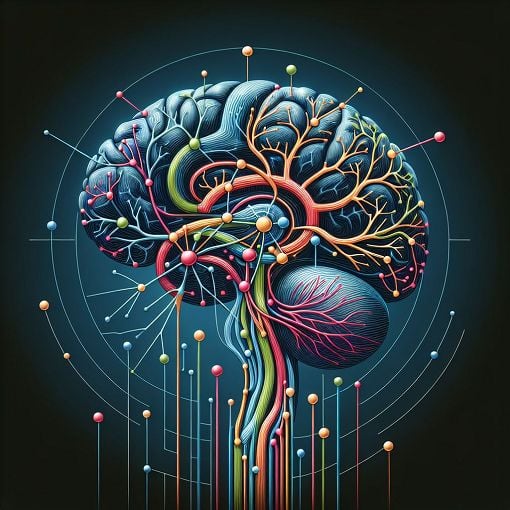Chapter 13
{"name":"Chapter 13", "url":"https://www.quiz-maker.com/QPREVIEW","txt":"Test your understanding of the central and peripheral nervous systems with this engaging neuroscience quiz! Dive into questions about spinal nerves, cranial nerves, and the anatomy of the nervous system.Whether you are a student, a teacher, or just curious about neuroscience, this quiz is designed for you! Here are some highlights:Multiple choice questionsQuestions covering key conceptsImmediate feedback on answers","img":"https://cdn.poll-maker.com/104-5102008/img-zuxzuydk2zxykpvyulwi9dzg.jpg"}
More Quizzes
Nervous System Quiz 5 Part 1
10513
Nervous system
9414
There's a boy in the girls bathroom!
12610
AWS-DA(181-190)
10514
System of a Down - Test Your SOAD Knowledge
201019279
Pixar Trivia - Test Your Movie Knowledge
201020198
1 to 10 Questions - Test Your Counting Skills
201022442
What Fruit Am I? Take the Free Personality
201017087
Am I Having a Miscarriage - Symptom Checker (Free)
201018239
Toy Trivia - How Well Do You Know Your Toys?
201017404
AP Psych Unit 1 Practice Test - Free Online
201018313
Fake News: Spot the False Claim - Free Online
201015914
